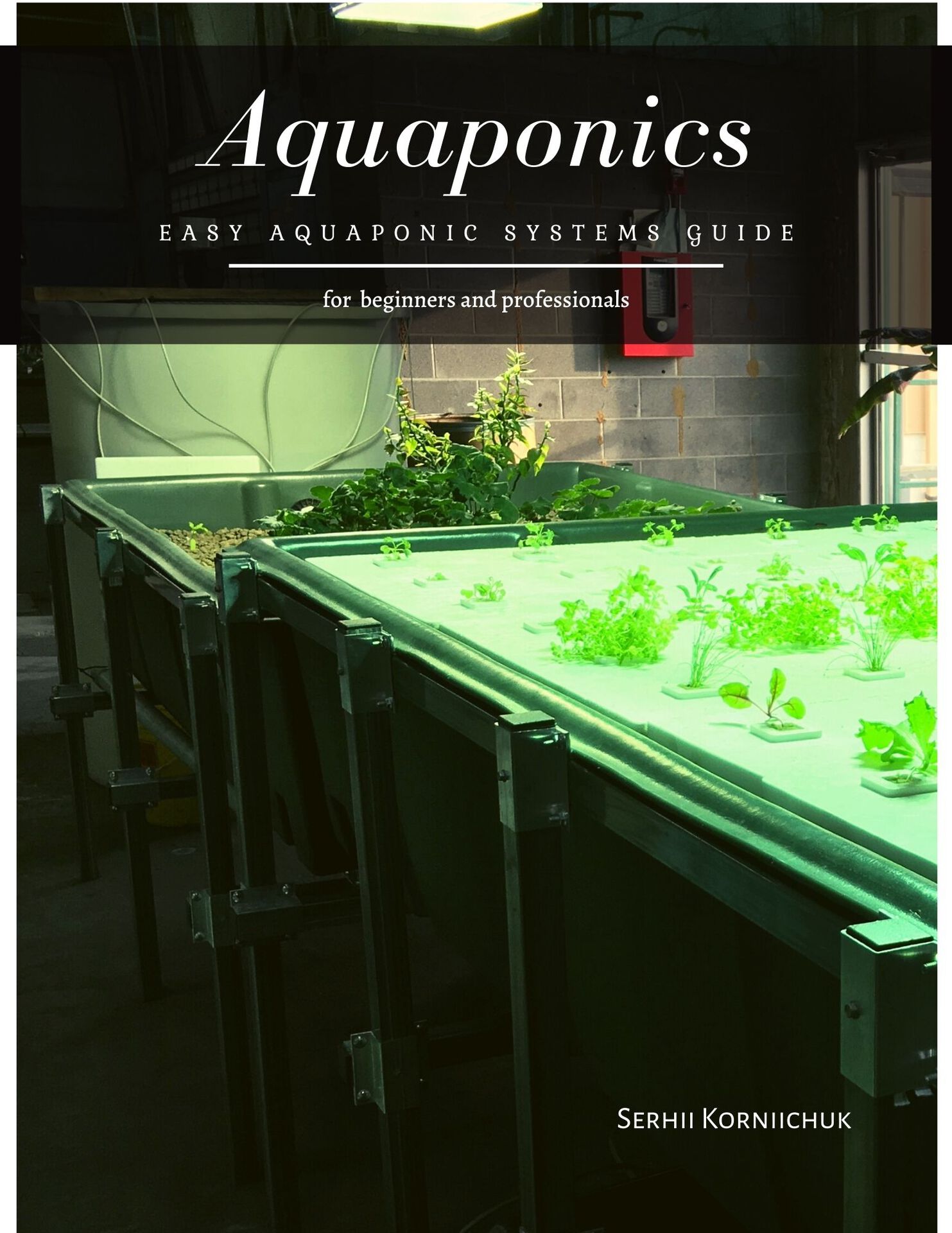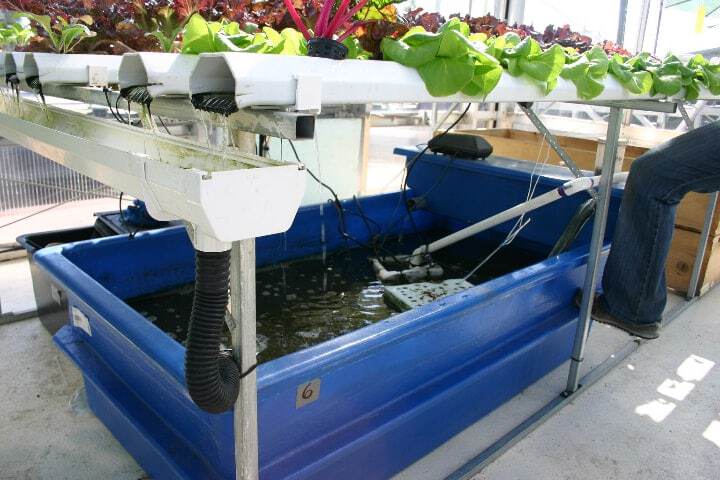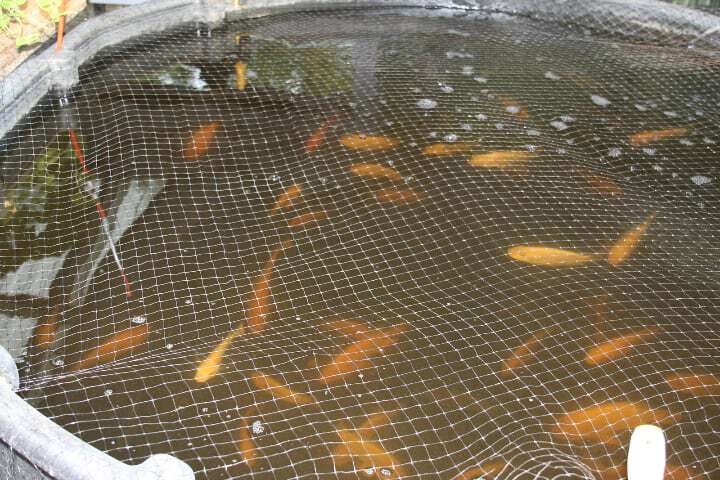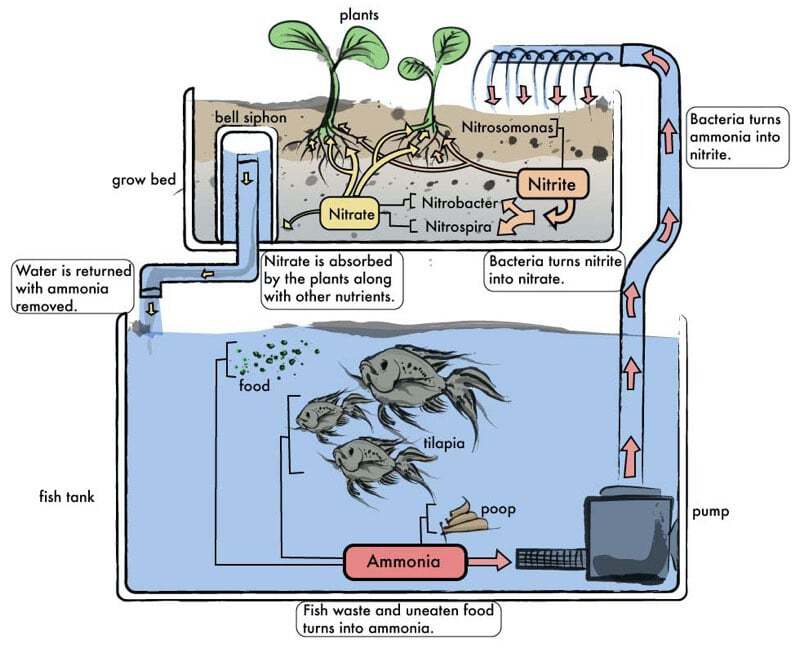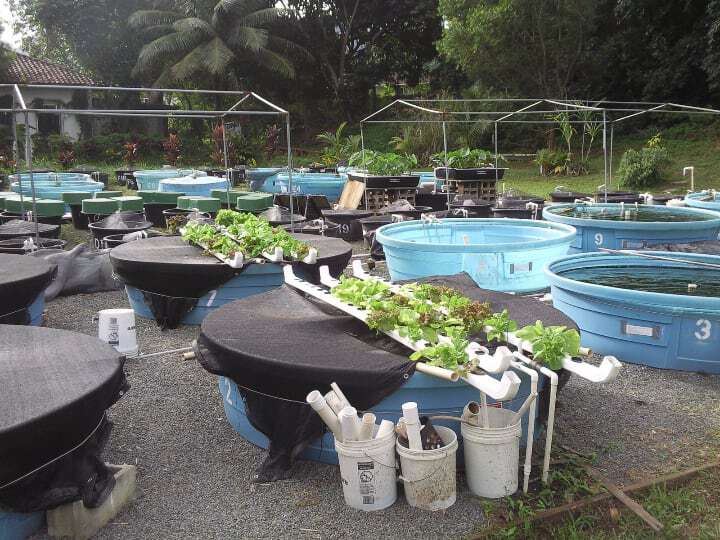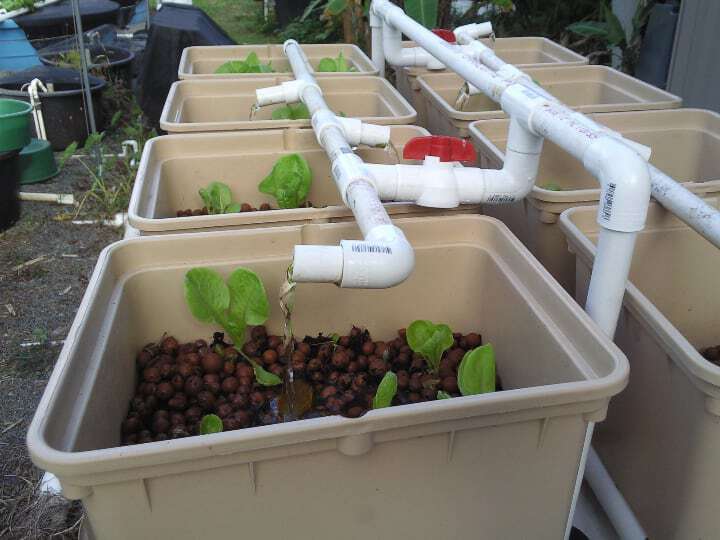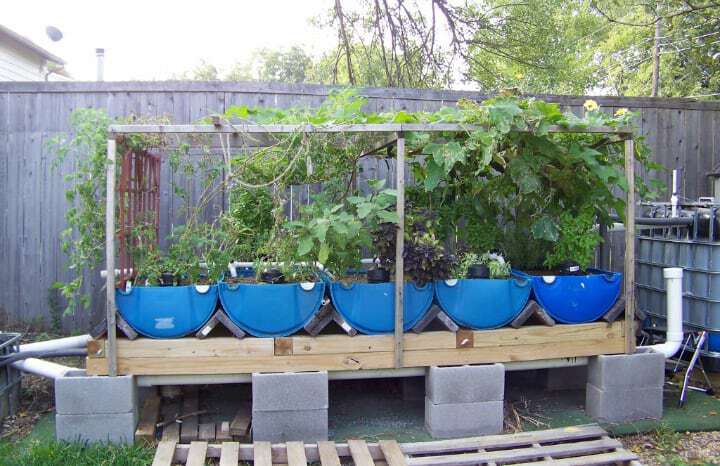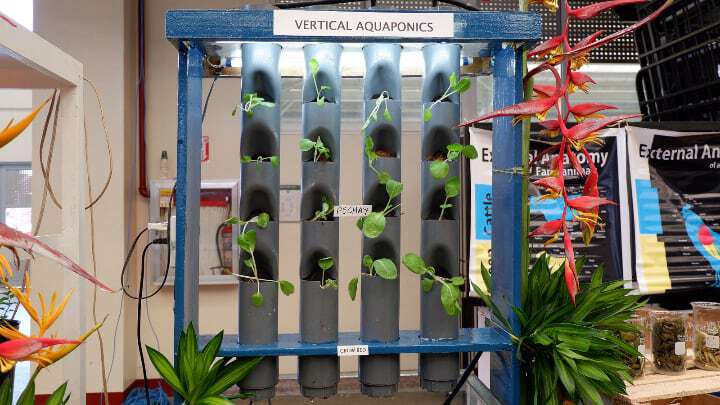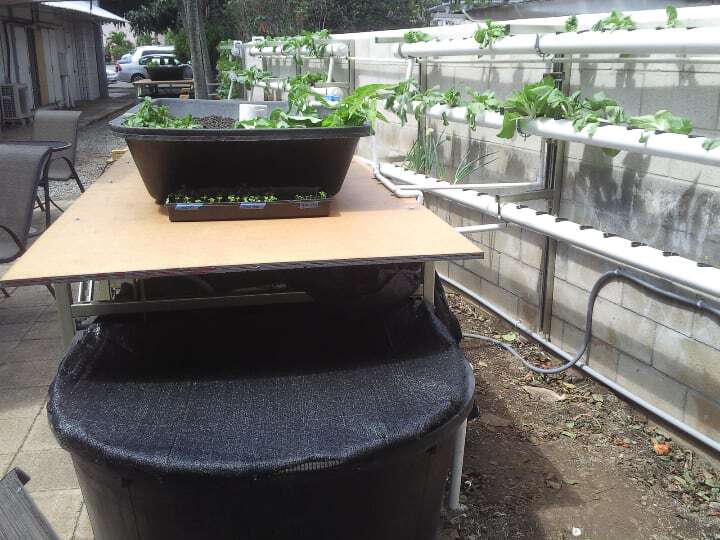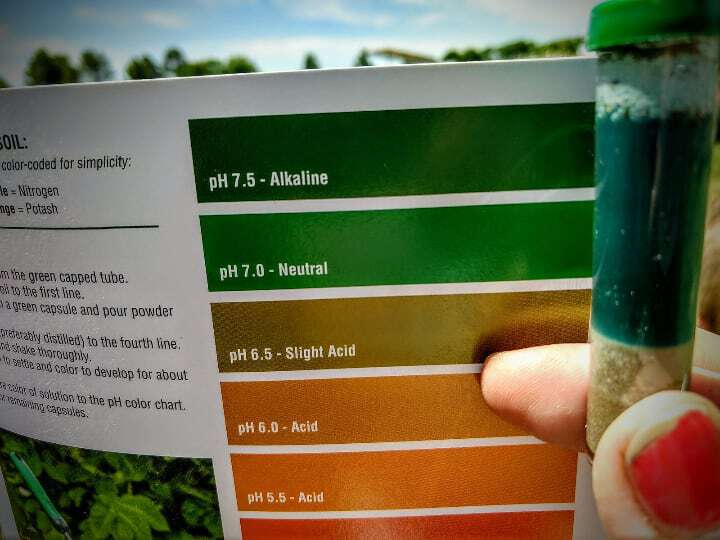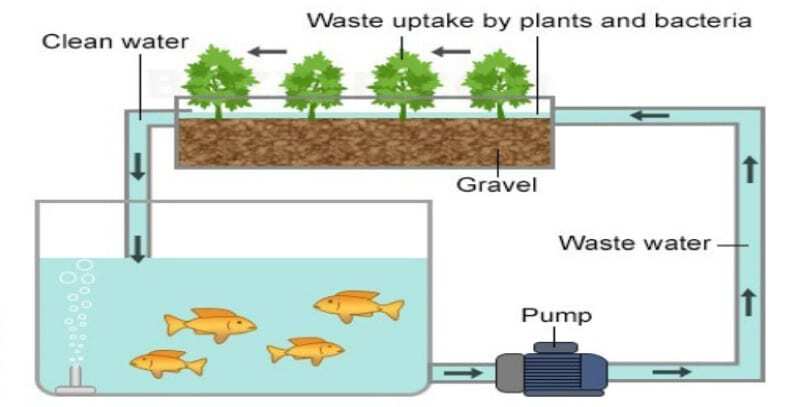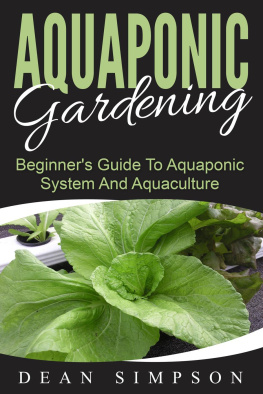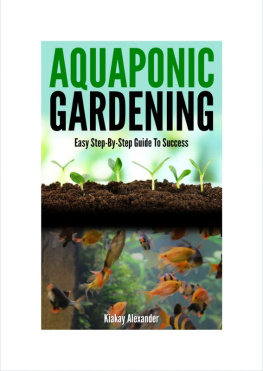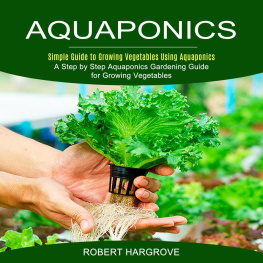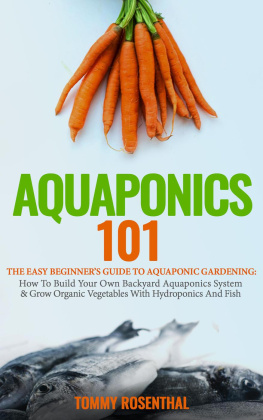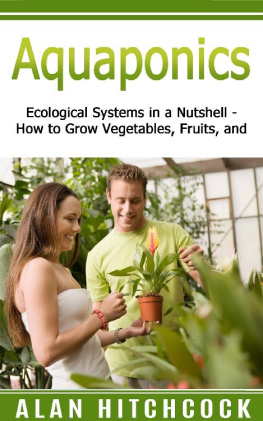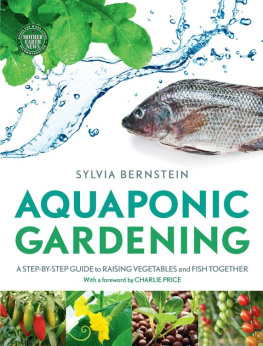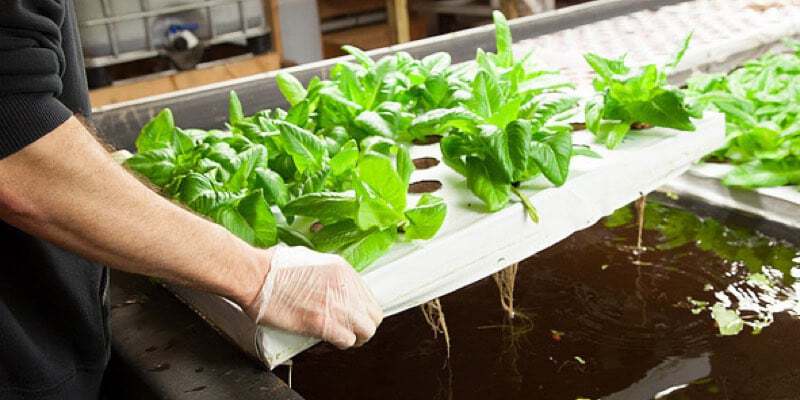Introduction
Using simple principles and innovative designs, aquaponics possibly used in the home as well as on a large scale.
this may help you garden indoors and enjoy faster crops and better employ of resources compared to traditional methods.
Aquaponics: Easy Aquaponic Systems Guide
What supposing you put fish to work to fertilize herbs? Aquaponics does simply that . this creates a symbiotic environment between fish or other aquatic creatures and the herbs they fertilize.
In this book, youll find out more about aquaponics pros and cons, the different aquaponic systems out there, and how to get started. however first, lets define aquaponics more clearly.
Aquaponics Definition
Aquaponics combines aquaculture with hydroponics to Make a self-sustainable environment where both herbs and animals may thrive.
Conventional aquaculture, or the raising of aquatic animals in tanks, leads to the accumulation of animal excretions. This type of waste increases the toxicity of the water.
Thats where hydroponics comes in. Hydroponics is the ancient practice of cultivating herbs in water as a culturing average.
It does away with soil to speed up growth and increase yields.
Aquaponics circulate the water in an aquaculture system through a hydroponic system to break down by-products into nutrients and return clean water to the fish.
Fact: Aquaponics relies on nitrifying bacteria to turn waste into nitrites and then into nitrates that feed the herbs.
Put one more way, aquaponics is a way of putting fish to work by feeding them and then employing their waste as a natural fertilizer for herbs.
When balanced, the amount of waste produced by fish is offset by the plants ability to employ it. Heres a simple overview of this system in action:
- Ammonia is added to water via the waste of the fish
- Water with ammonia is pomped to the plant-bacteria tanks
- The bacteria convert the ammonia into Nitrate
- The herb food (Nitrate) is absorbed by the herbs
- Clean water is returned to the fish tank
Inspired by natural processes, aquaponics uses aquatic life, bacteria, and nutrient dynamics to reMake the conditions found in waterways.
By doing so, this brings along the key profits of both aquaculture and hydroponics while minimizing the drawbacks of each . Pretty cool, right?
Advantages of Aquaponic Farming
Aquaponic farming comes with several notable profits. Supposing youre thinking about getting started with it, these profits possibly inspiring. Read on to discover them.
Efficient Water Use
All aquaponic systems employ less water than a conventional farm would. Thats because aquaponics recirculates water instead of letting this evaporate.
Thats more environmentally friendly than standard farming methods. And thats important when you consider that agriculture accounts for 70% of global water withdrawals and encourages water scarcity.
Self-Sustainable
As you set up an aquaponic system, this may pretty much run on its own . Some systems do require more cleaning than others.
But other than that, you dont have to keep an eye on this all the time. In other words, aquaponics possibly not simply effective however also liberating.
Reduced Human Labor
With aquaponic farming, you put the fish to work. You dont have to worry about manually working the soil or fertilizing the herbs. Youll reduce human labor signifimaytly.
Environmental Profits
Aquaponics reproduces ecological cycles found in nature. Not only does this save land, however this does away with pesticides and fertilizers. The best part?
Buildings such as warehouses possibly converted into aquaponic facilities in pretty much in any location.
Disadvantages of Aquaponic Farming
Its only fair to note that aquaponics has a couple of drawbacks too. Knowing about them may help you anticipate potential problems. Also, this may help you invest in the right aquaponic system.
Requires Plenty of Electricity
An aquaponic system requires a pump and possibly a light source and heating . In an indoor setting, all these have to run continuously.
As you may imagine, this may add up to the costs associated with the initial investment, and especially during the winter.
However, installing solar panels and other renewable energy systems may reduce energy consumption.
Initial Investment
An aquaponic system tends to cost more than a hydroponic system because of the aquaculture equipment this requires.
Also, you have to buy the fish and food for them. These costs may add up, especially when you employ aquaponics in a commercial setting.
Quality Checks
For optimal results, you must to perform constant water quality checks . Imbalances in the nutrient or pH level and temperature variations may affect the growth of the herbs. At the same time, you must to ensure the fish stay healthy.
Further checks involve the efficiency of filters, drains, and pumps. You dont have to do these checks every day, however youllt skip them either.
Types of Aquaponics Systems
Aquaponics systems circulate water in different ways. They may or may not employ a timer, a light source, or a drain.
Here are the key systems you must famous about. Remember that youll always adapt them to your needs by adding to them small variations.
Media-Filled Beds
The simplest aquaponics systems employ containers filled with expanded clay pellets or porous rocks that facilitate herb growth. These systems are easy to set up. They employ hydroponics to pump the water over the media-filled beds.

